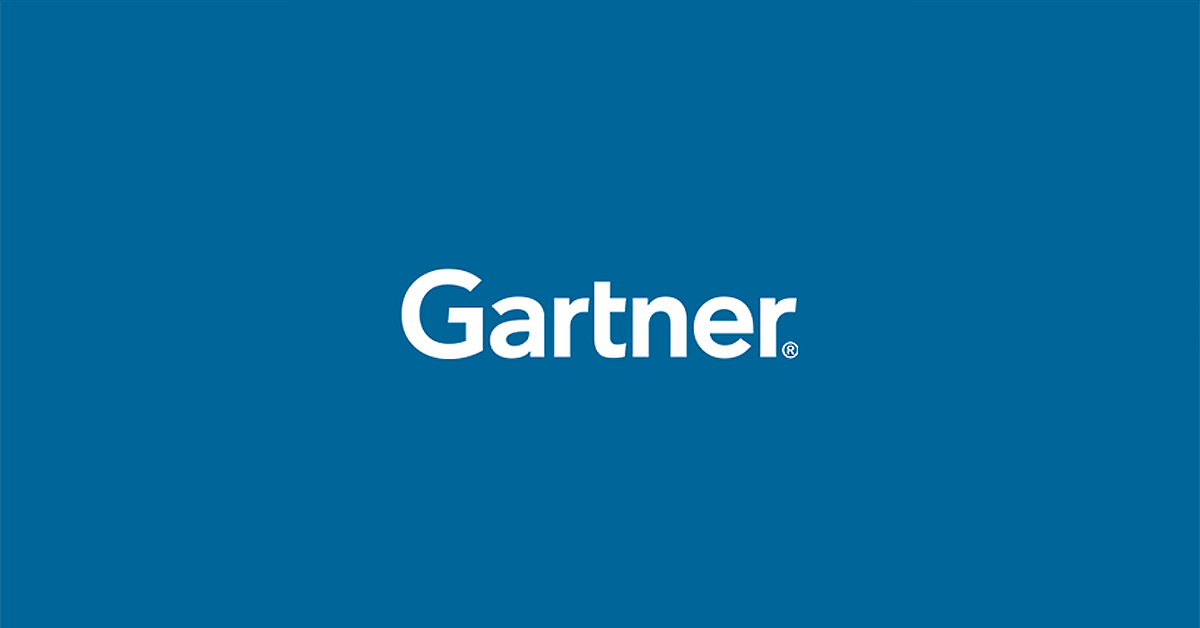In the world of data management, businesses face the challenge of efficiently handling vast amounts of information. Traditional relational databases have been the go-to solution for many years, but the rise of graph databases has introduced a compelling alternative, especially when it comes to managing master data.
In this article, we will explore the key differences between graph and relational databases and discuss why graph databases are particularly well-suited for master data management.
Understanding Graph and Relational Databases:
Relational databases have long been the standard choice for storing structured data. They organize data into tables with predefined schemas, where relationships between tables are established through primary and foreign keys. Relational databases excel at managing transactional data and complex queries involving multiple tables.
On the other hand, graph databases are designed to store and manage highly connected data. They use a network-like structure composed of nodes (entities) and edges (relationships) to represent data relationships. Graph databases prioritize relationships as first-class citizens, making it easier to model and traverse complex connections between entities.
Master Data Management (MDM) and its challenges:
Master Data Management focuses on creating a single, consistent, and reliable version of key data entities within an organization. This includes customer information, product catalogs, employee records, and other critical data elements. The challenges in MDM stem from the need to handle vast amounts of interconnected data and maintain data integrity across multiple systems and business units.
Why Graph Databases Excel in MDM:
1. Relationship-Centric Model
Graph databases inherently prioritize relationships, making them ideal for managing complex interconnections within master data. Integrating data using a Graph-based MDM system is much easier and quicker than one which uses a relational database, because the Graph will naturally find connections between the data that would be impossible for you to stipulate or discover on your own.
This is particularly beneficial for a number of use cases, such as building a single customer view. To be effective, a single customer view must aggregate data from various touchpoints and channels to create a holistic profile. This means integrating both unstructured and structured data from a number of source systems and applications and finding the relationships between them. This is simply not achievable using a relational database with pre-prescribed schemas and relationships.









